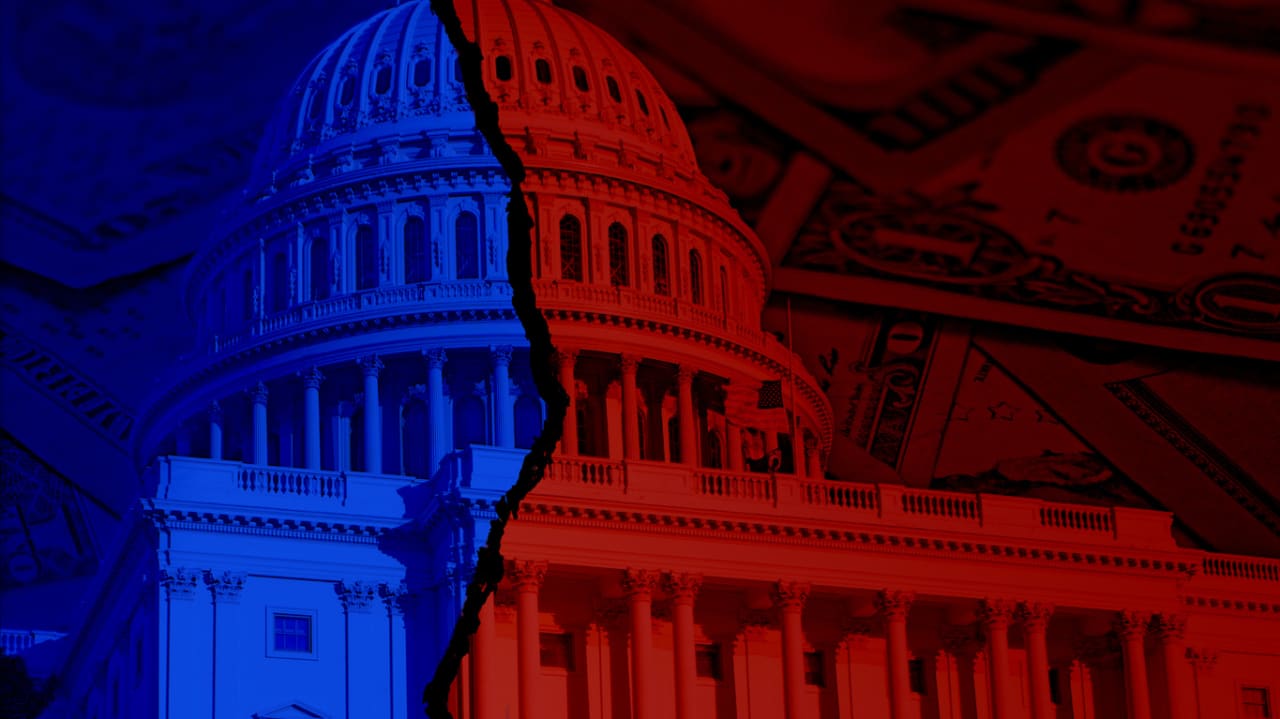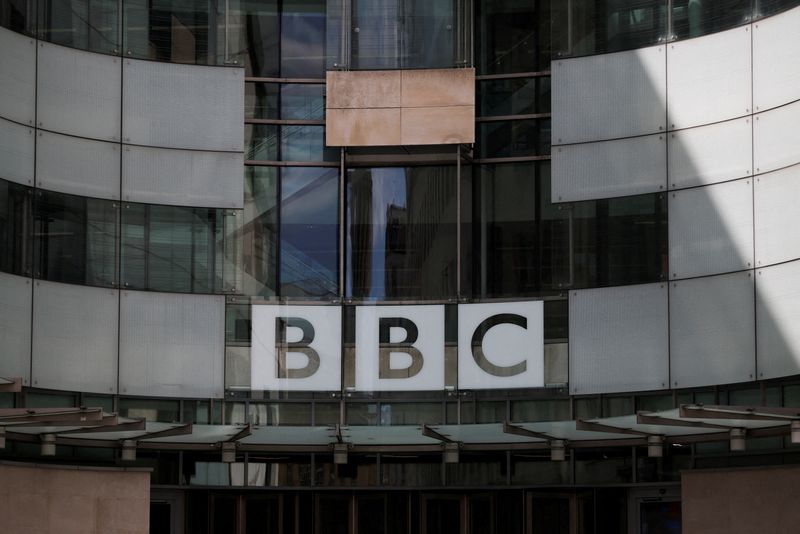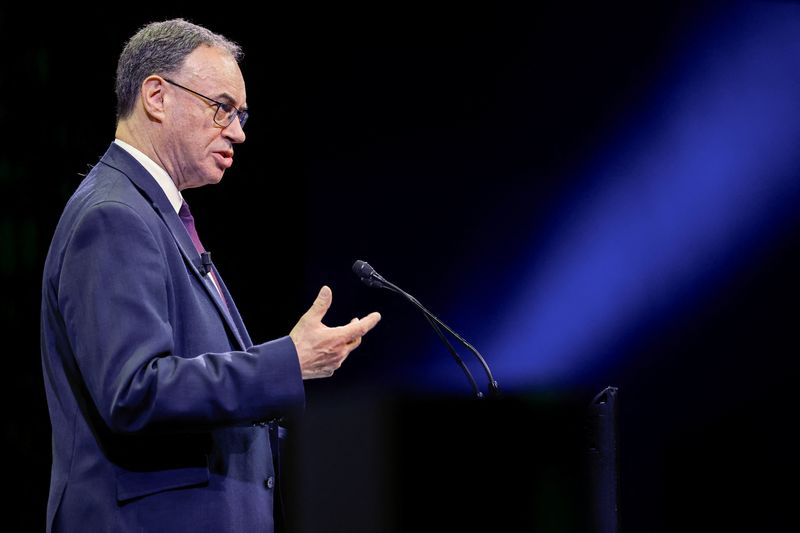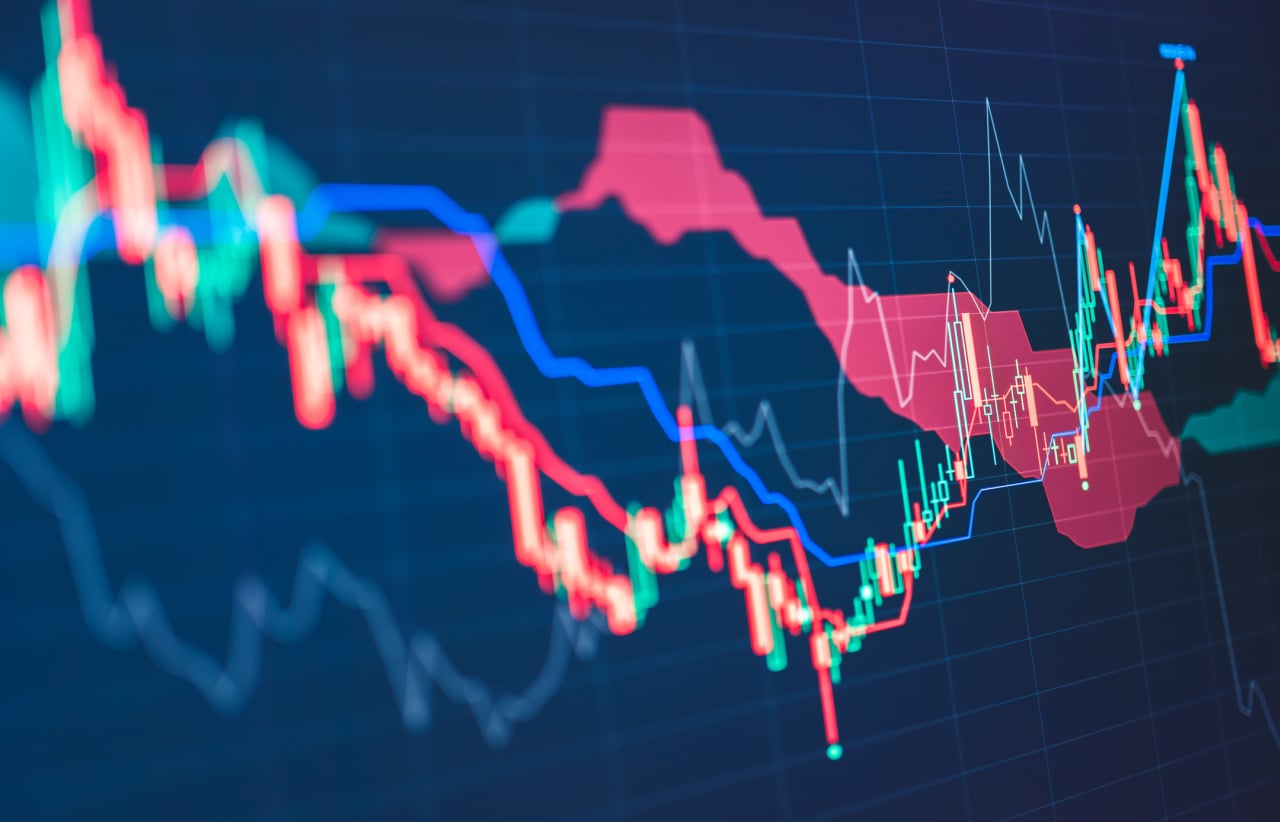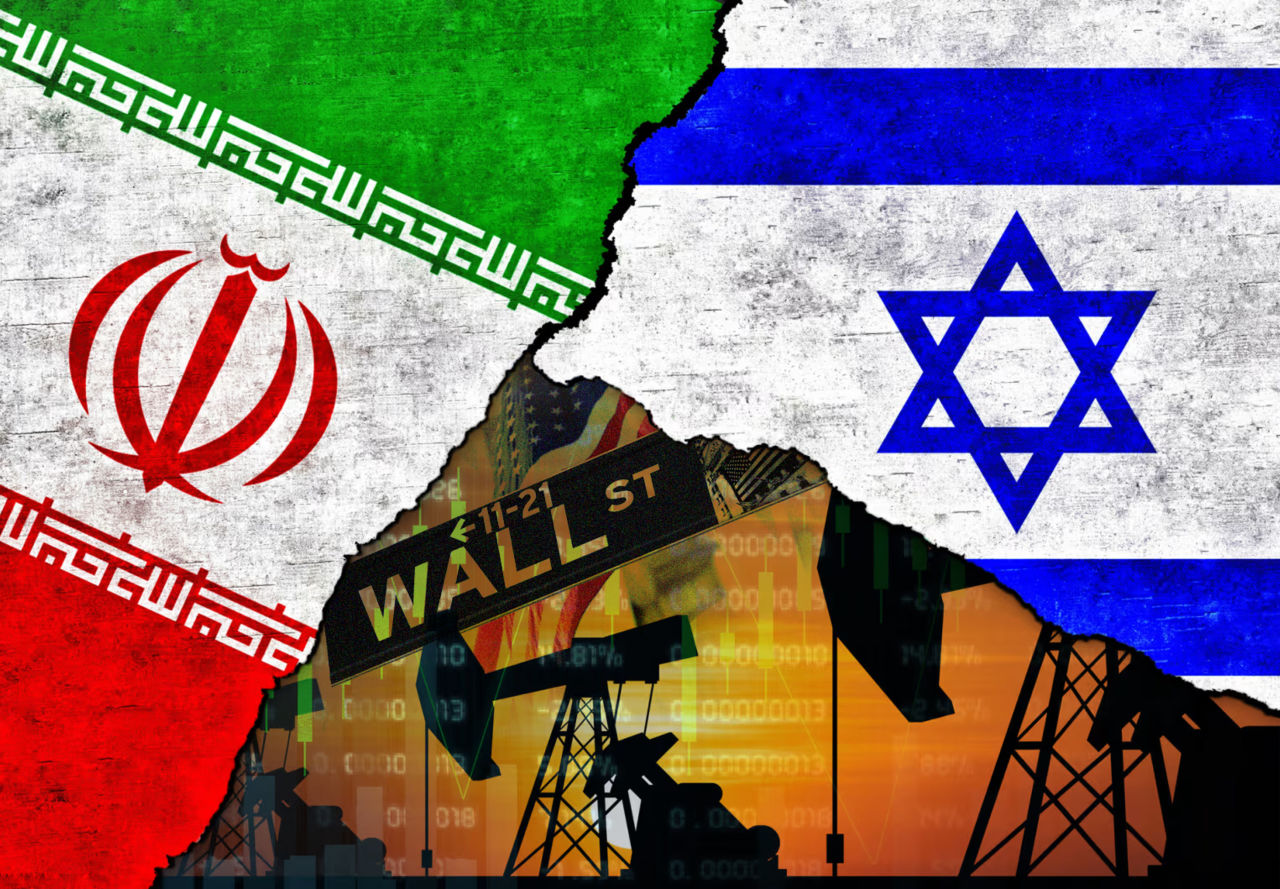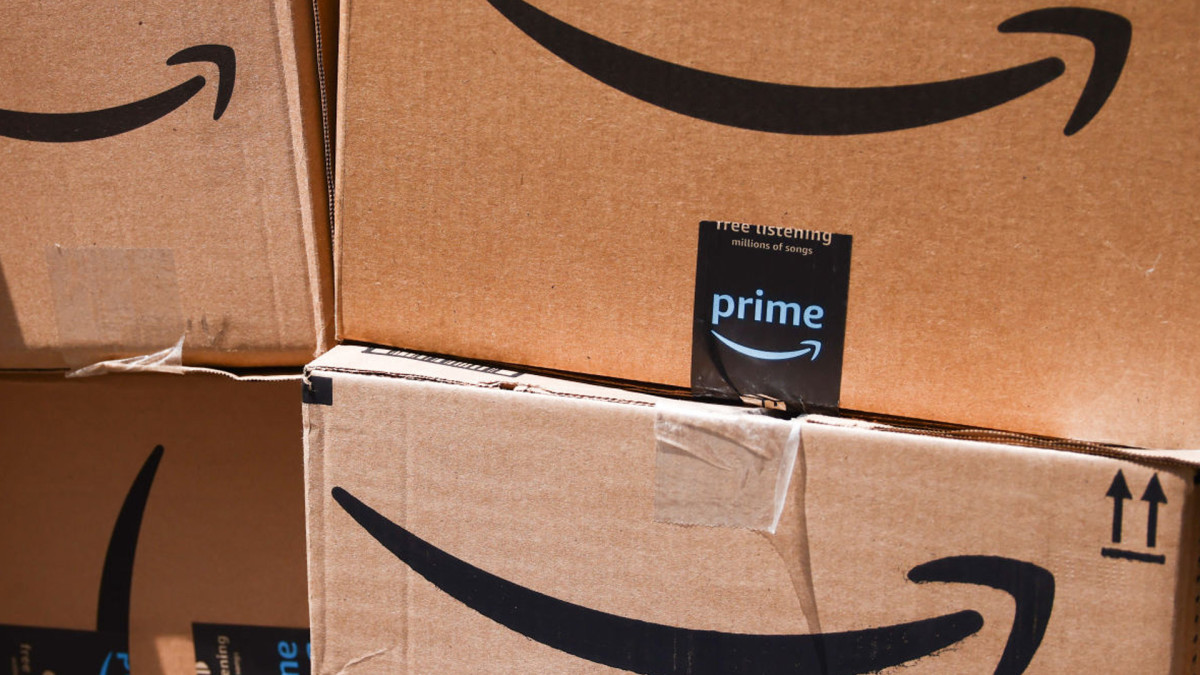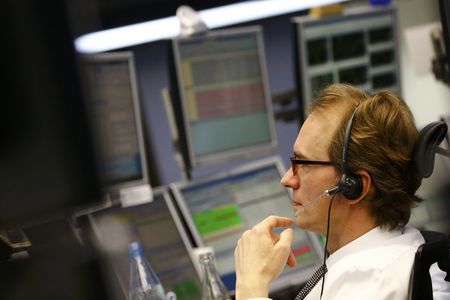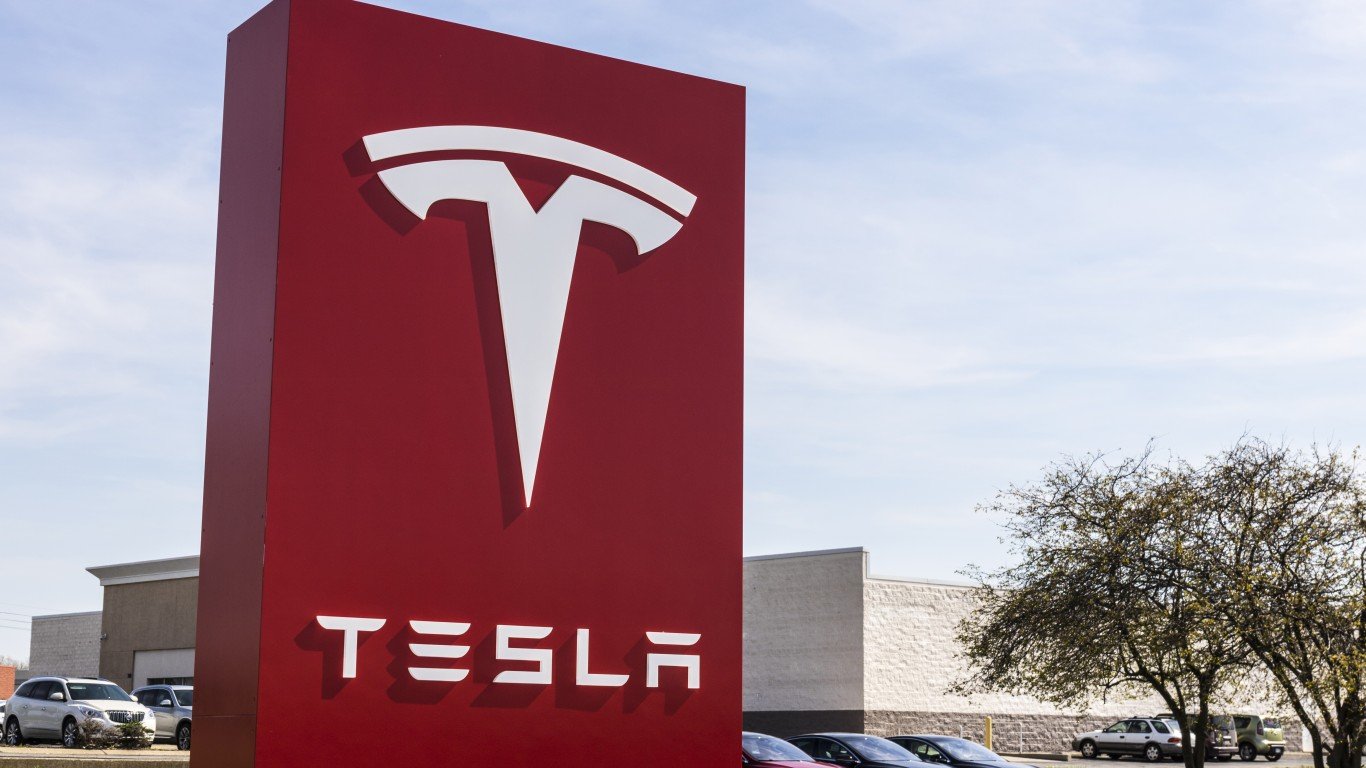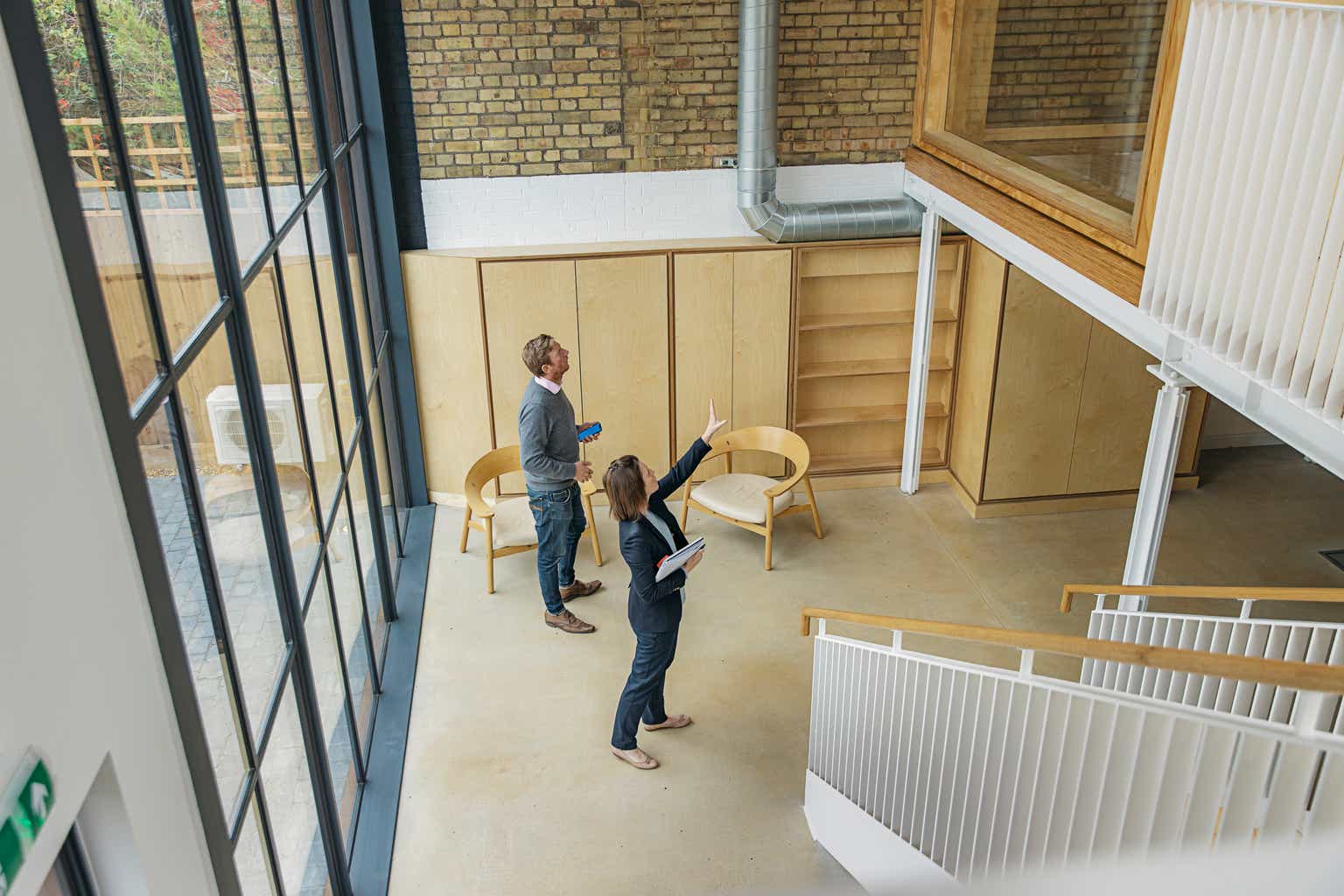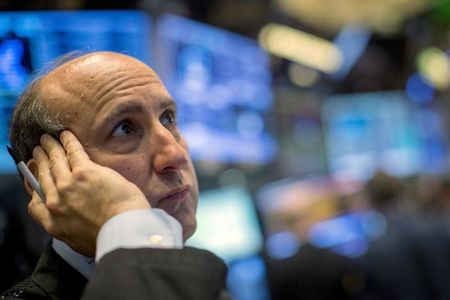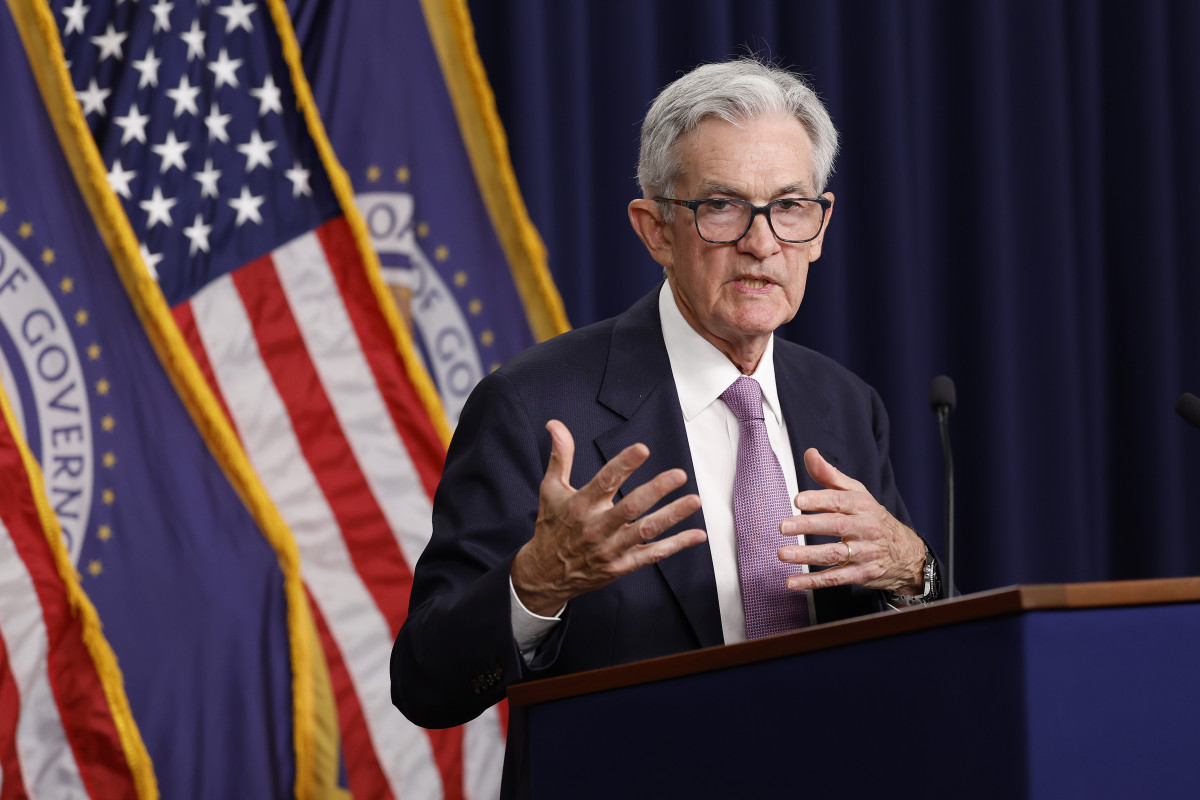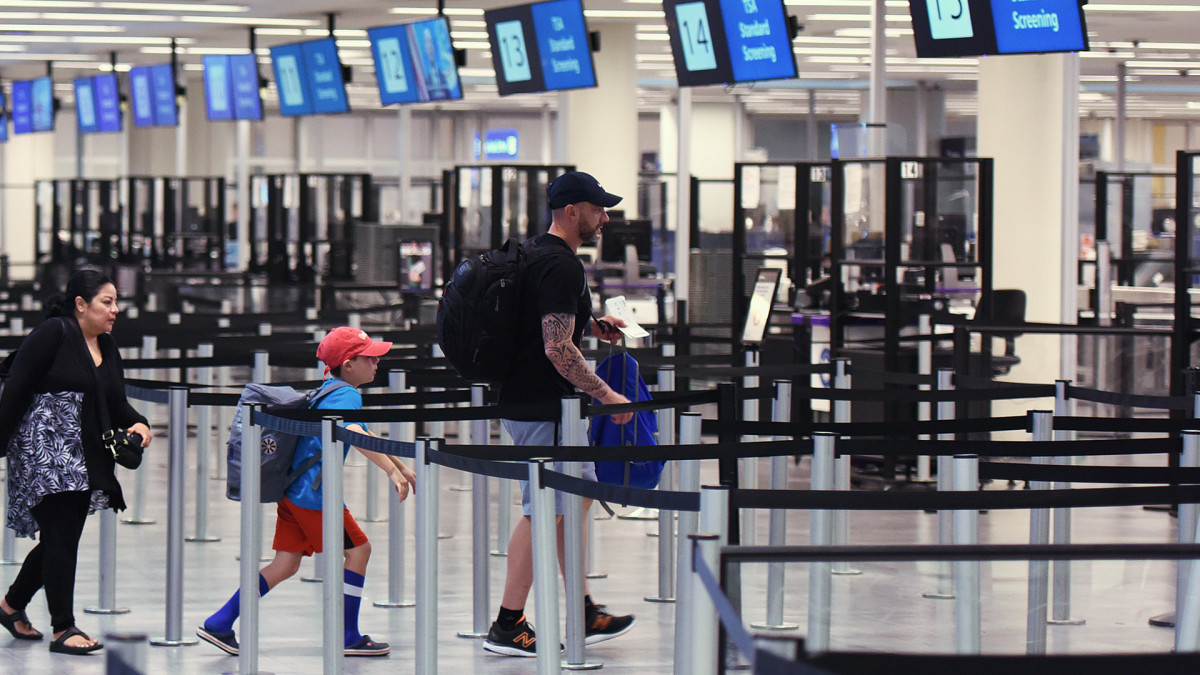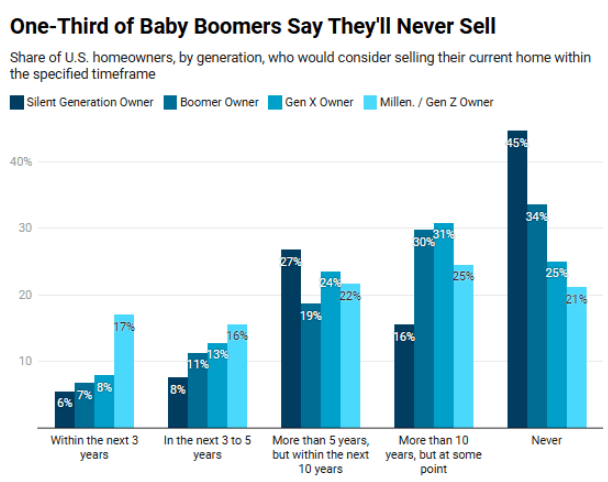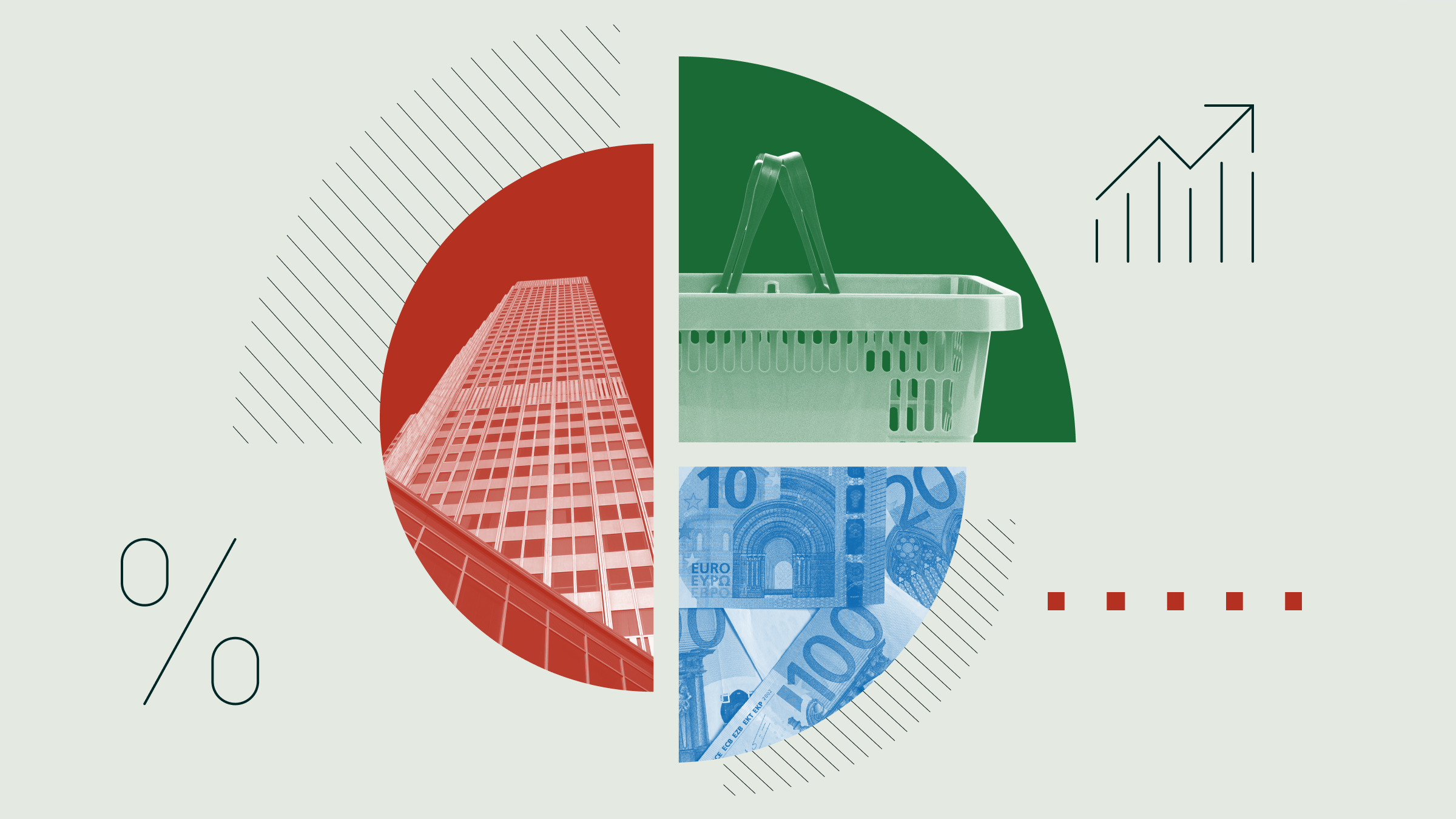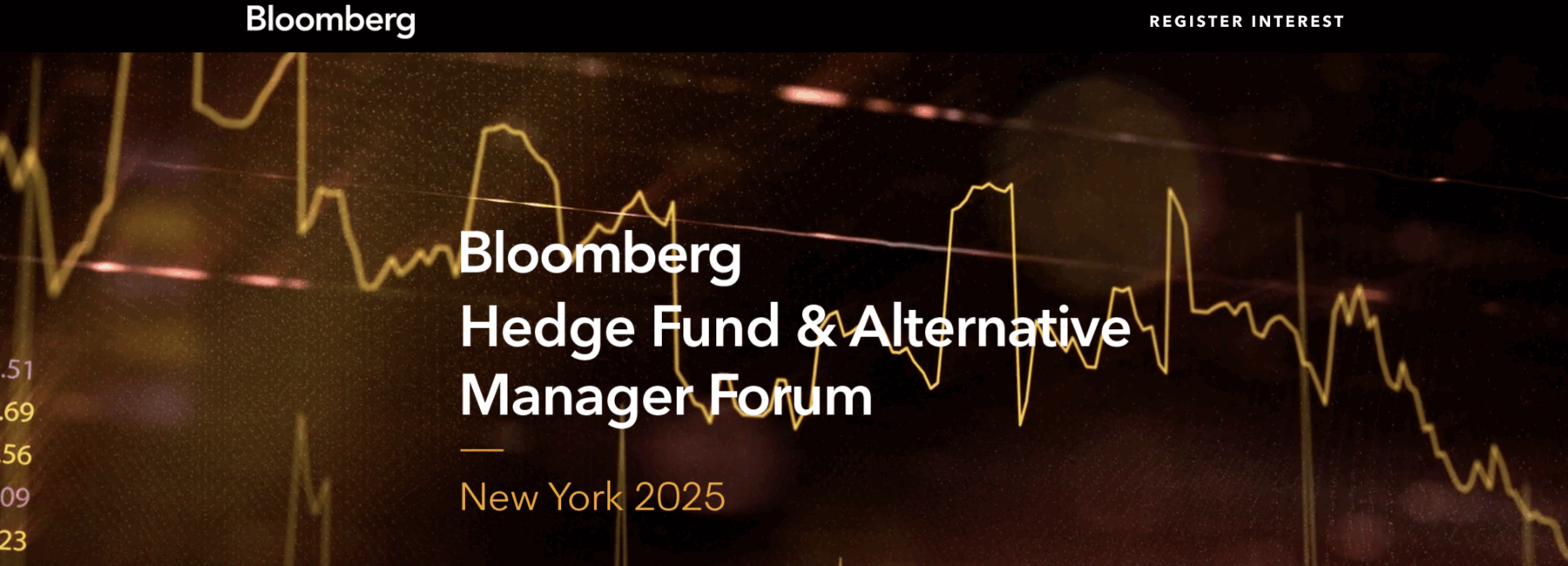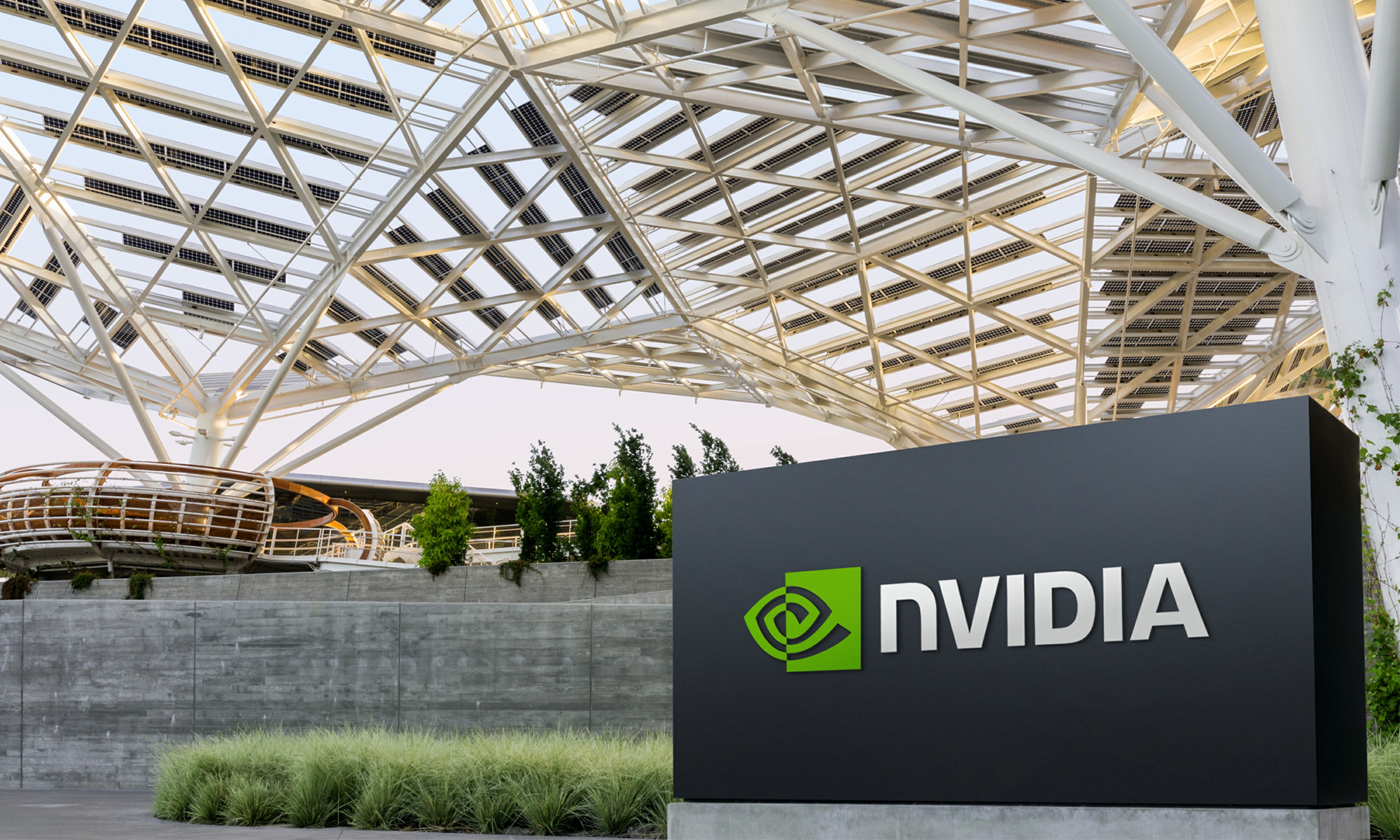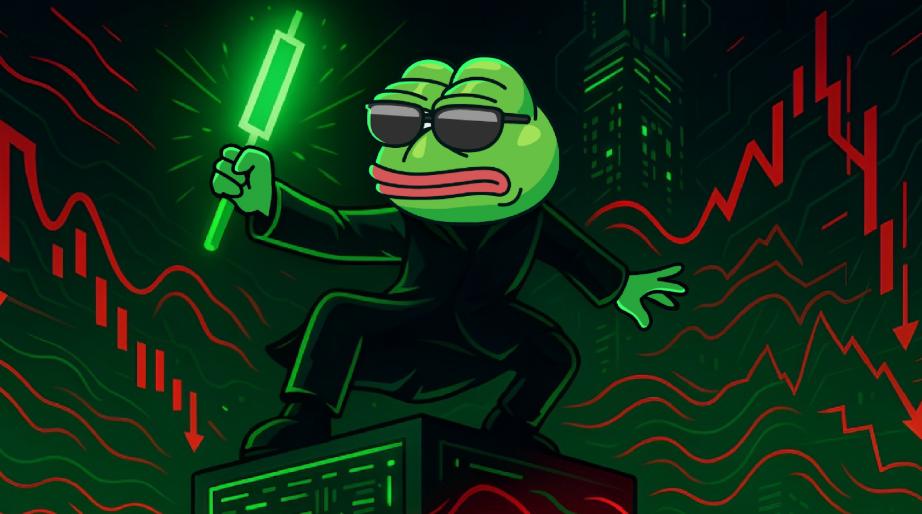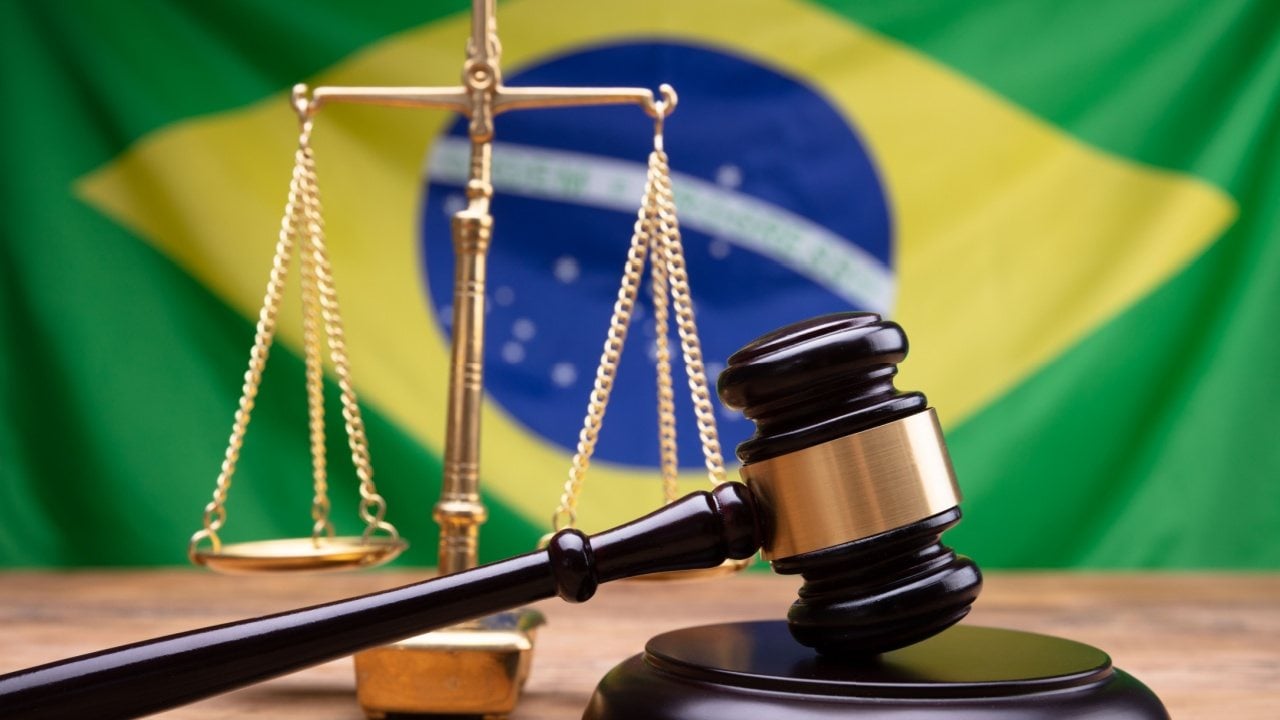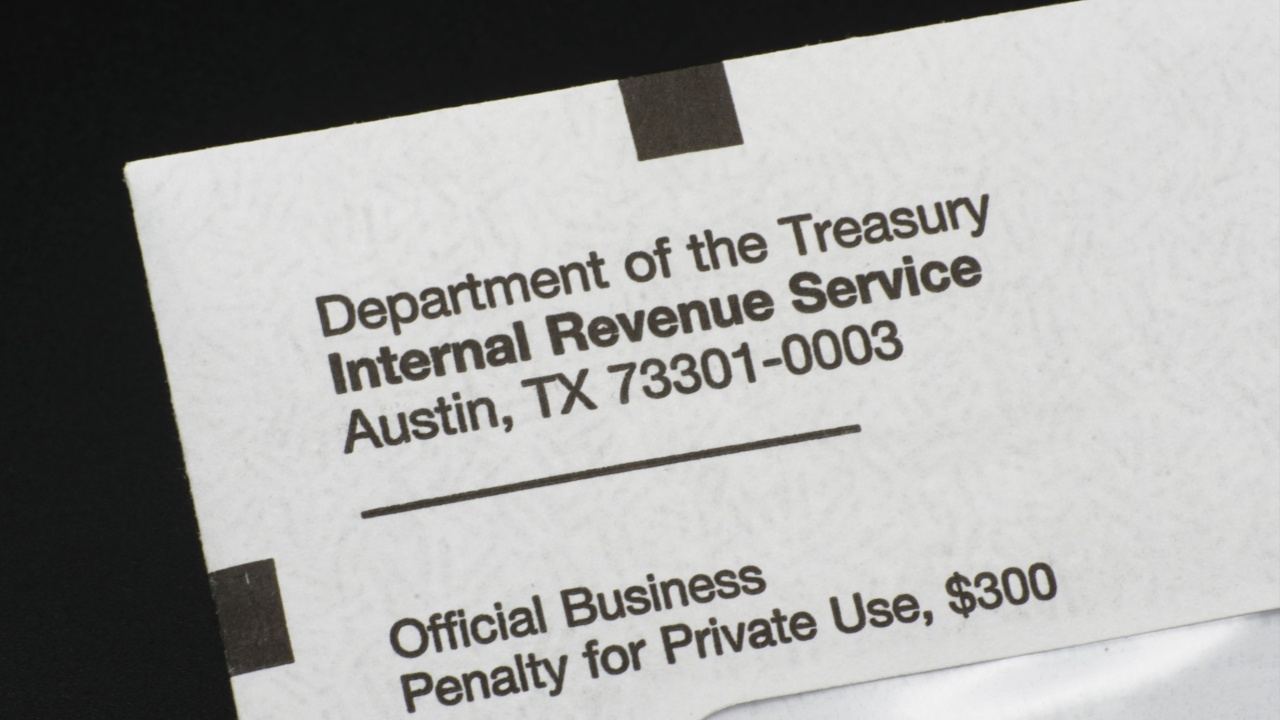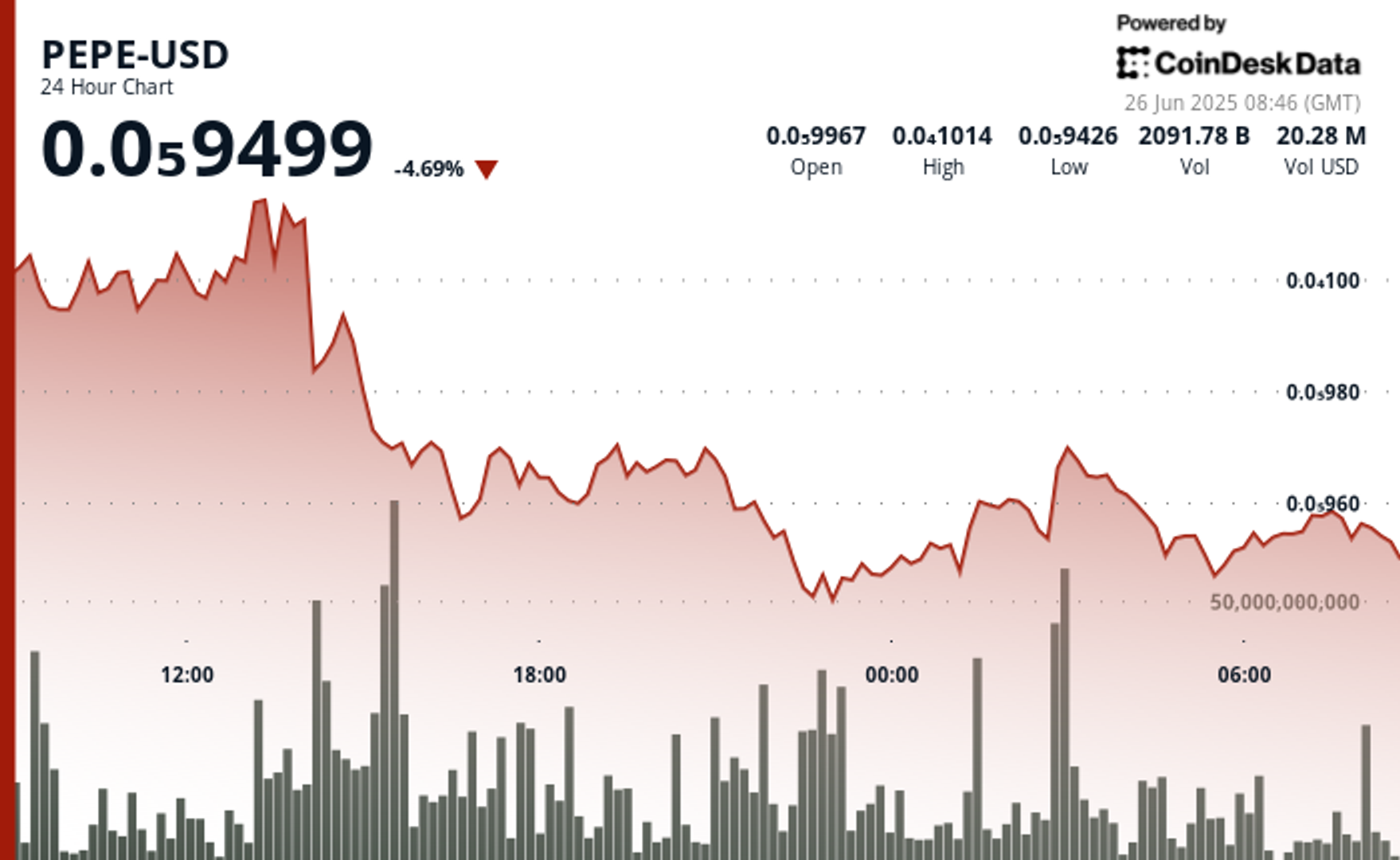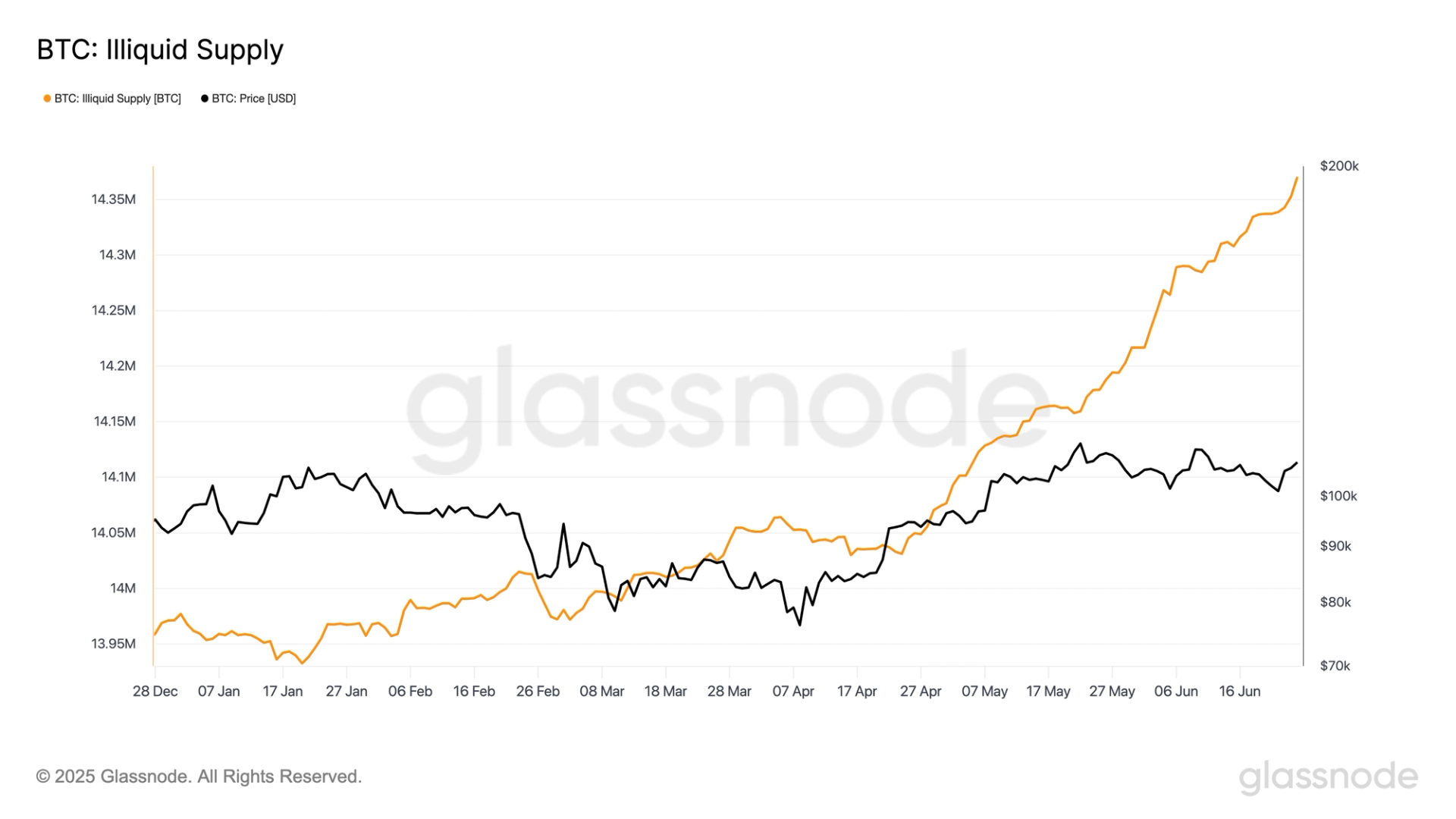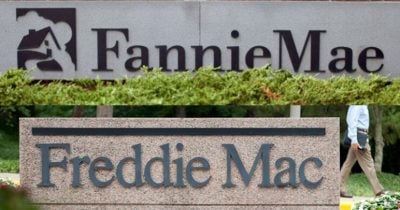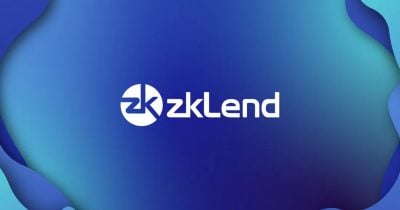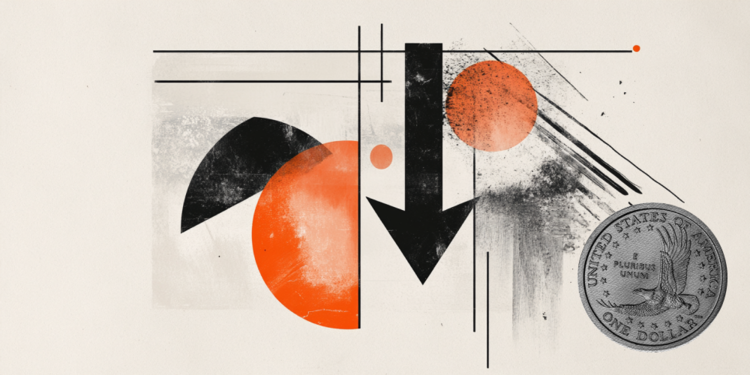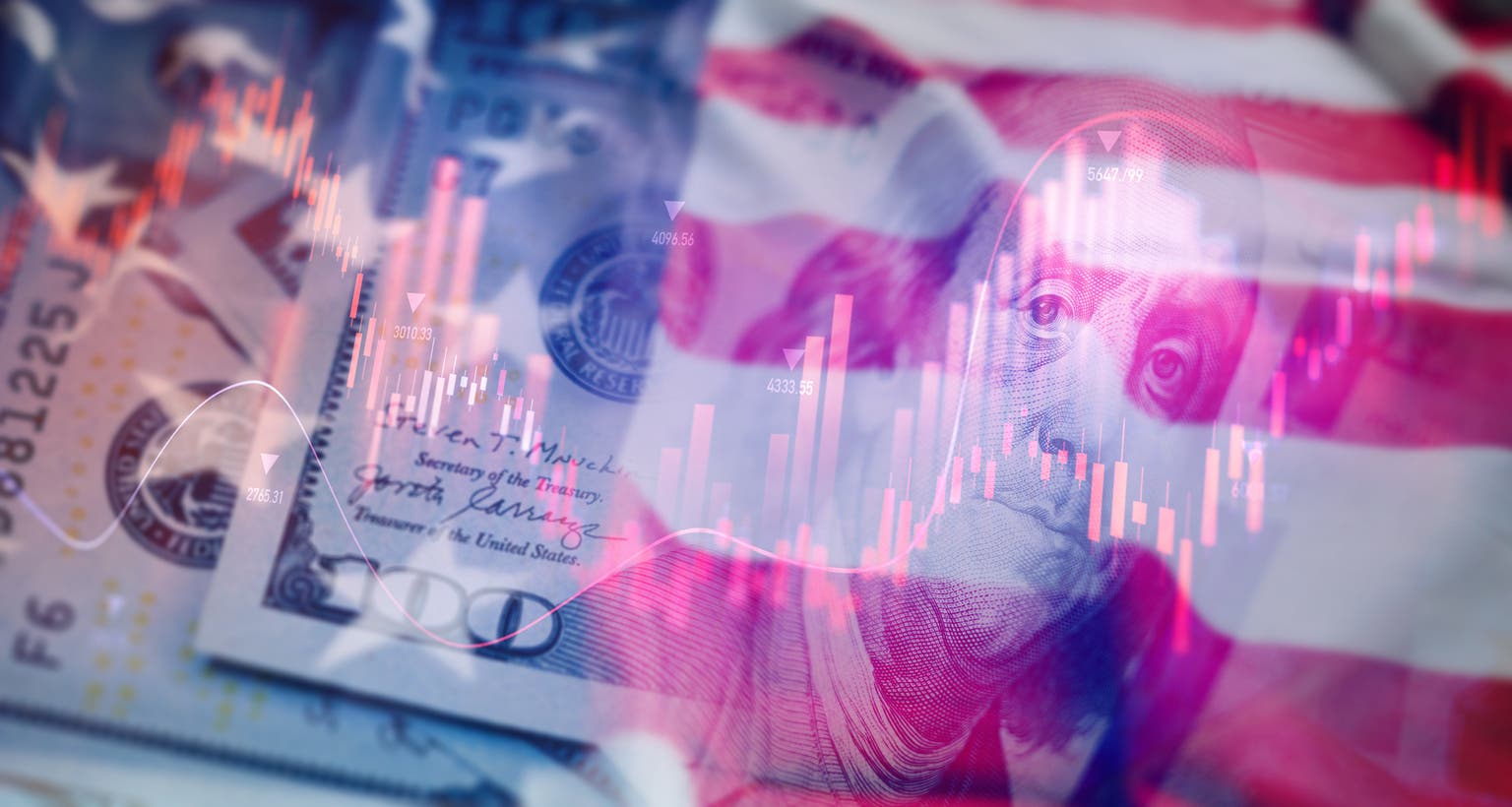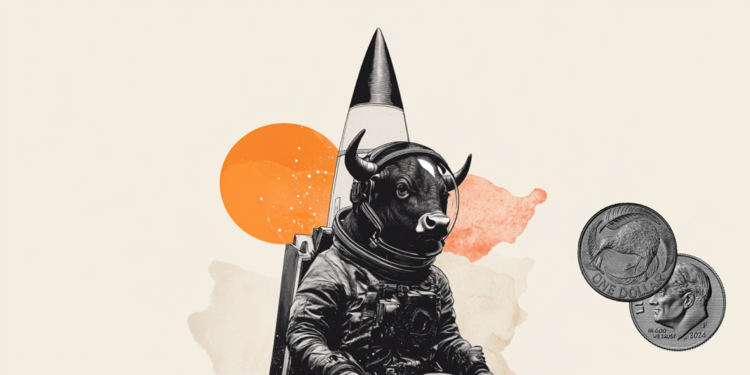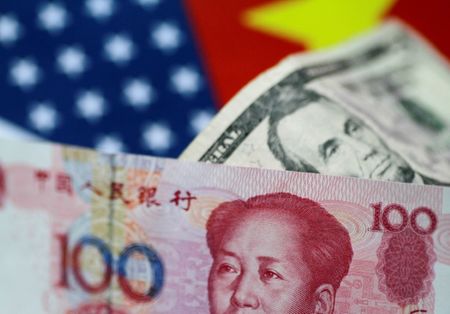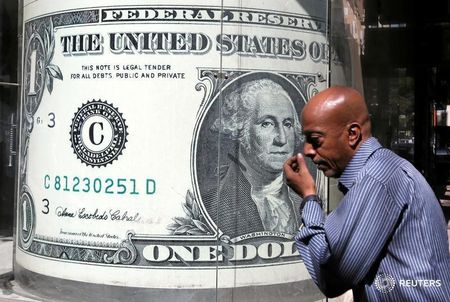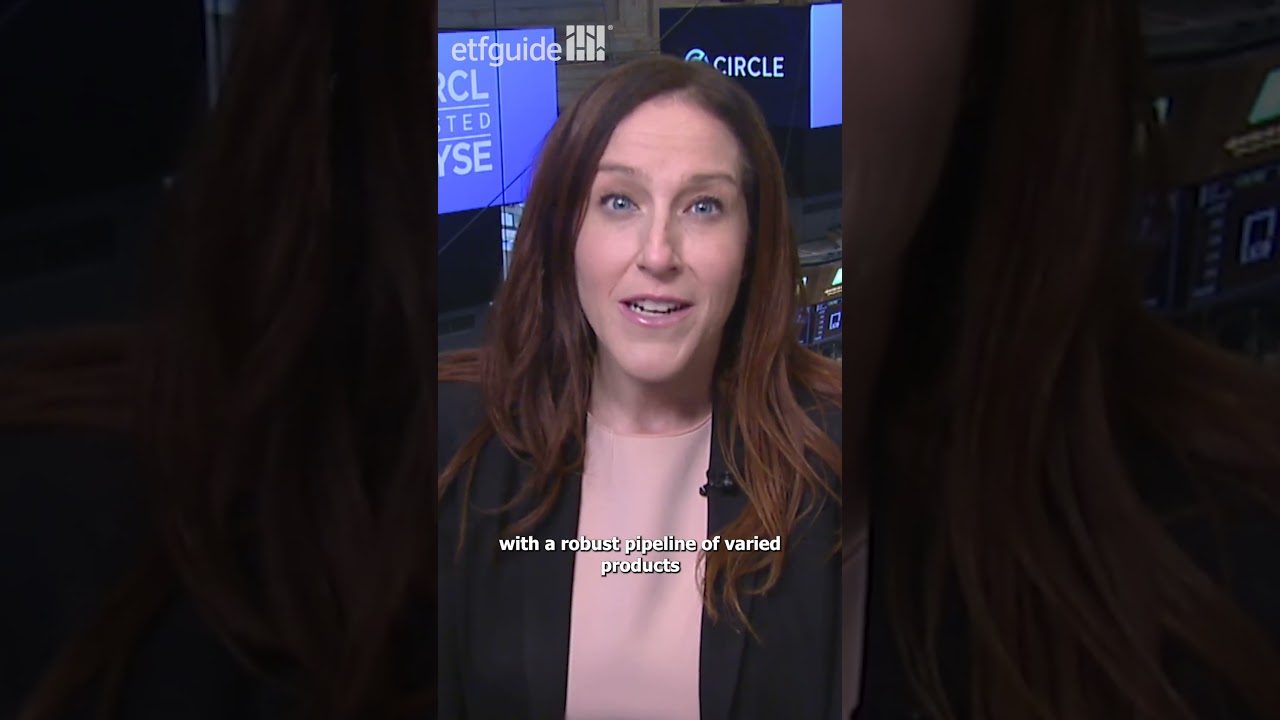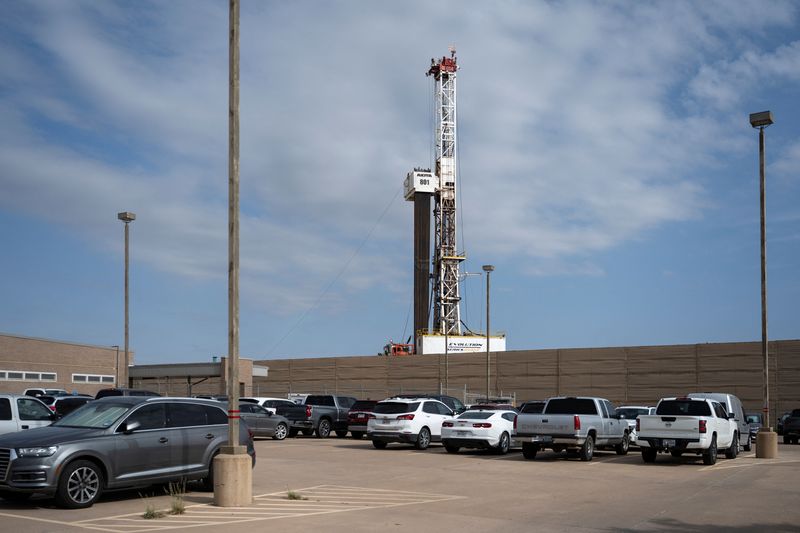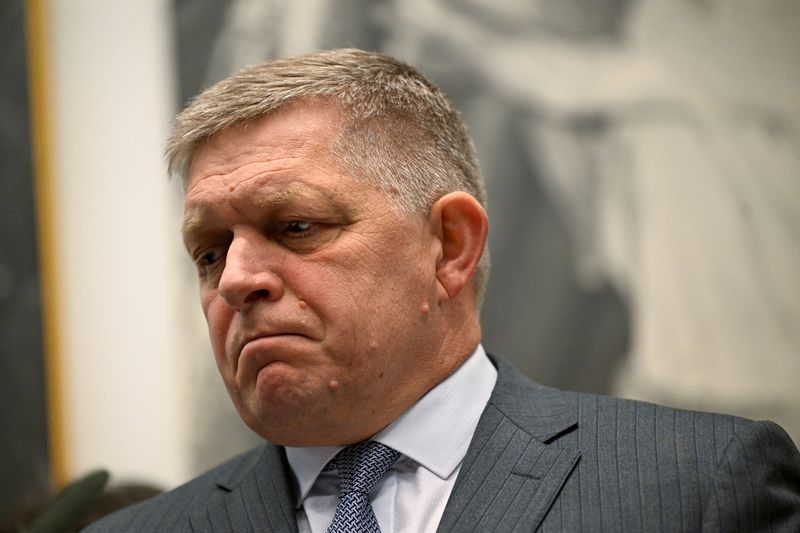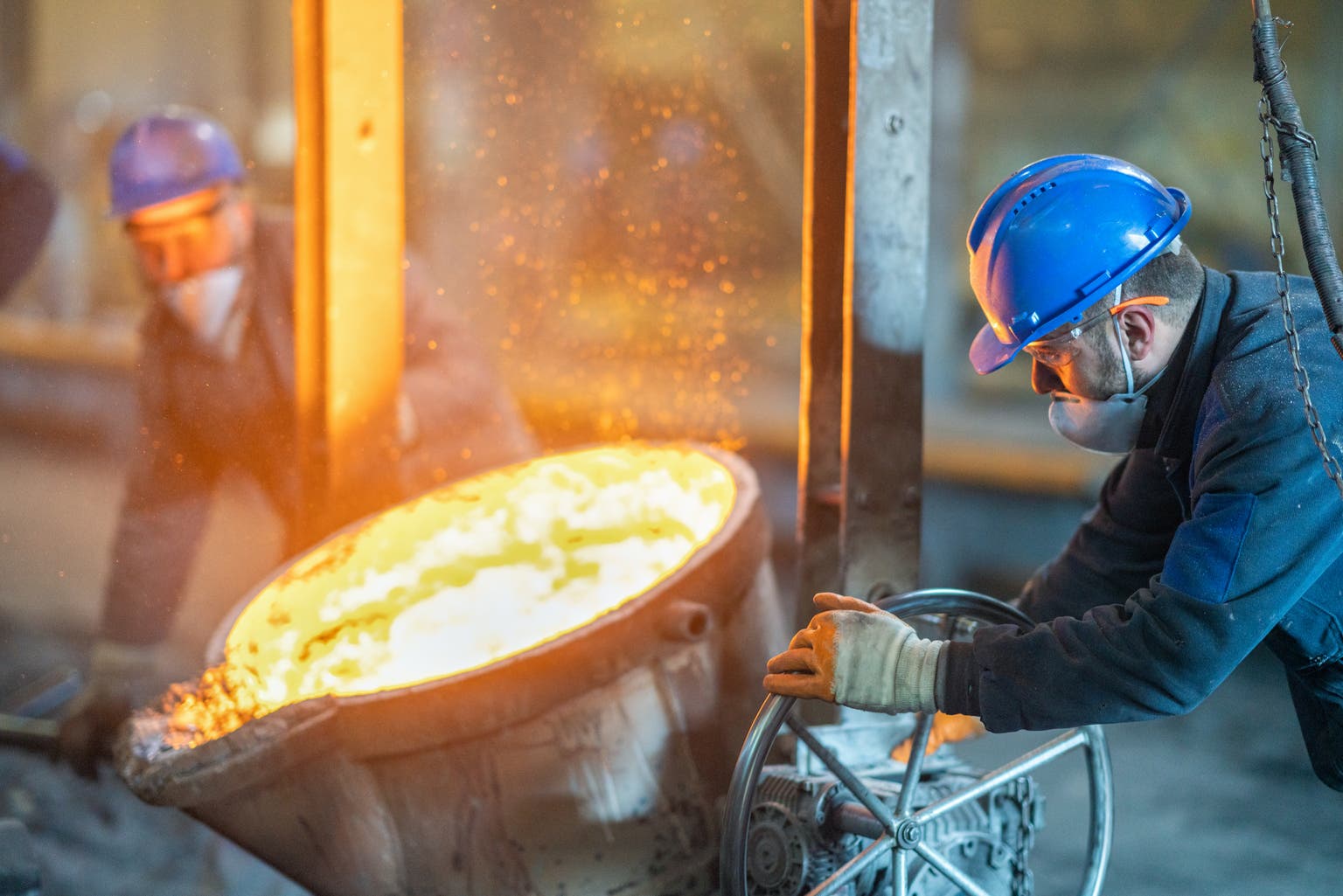AI avatars are here in full force—and they’re serving some of the world’s biggest companies
Most people absorb information from video more readily than text, and digital avatars make training and comms videos easier and cheaper to produce.

Constructing an avatar of myself is even weirder than I expected.
It’s a choreographed experience that made me feel about as socially awkward as I’ve ever felt while alone. I gave the avatar platform—in this case, Synthesia, an AI video company based in London—access to the camera on my laptop. Over the course of about two minutes, I read lines out loud while scrolling down the screen:
Before I proceed, I reconnect with a joyful feeling.
As I perform the following positive statements, there is energy in my voice. My tone is engaging and bright.
She laughs every time the breeze tickles her nose.
Then I followed up with a series of positive, corporate-friendly statements in the vein of: Imagine the impact we can make with this revolutionary idea!
The vibe wasn’t bad, but it’s strange—the process made me feel vulnerable, like I was giving the computer a piece of me. It’s also fast—the whole process took about 10 minutes, including clicking around at the beginning, knocking over a coffee cup, and reading the script twice in an effort to ameliorate some of my awkwardness from the first go-round. I submitted the video and Synthesia told me I’d have an avatar in one day. A short gestation period for a digital version of me, I reckon, given that the version I have now took 32 years to make.
Over the last year, 150,000 Synthesia users have made AI-generated avatars of themselves. (Customers also frequently choose from among the company’s 250 stock avatars.) And while I built my avatar in the name of journalism, the most common use cases for Synthesia are highly corporate: business training and internal communications videos. Synthesia’s avatars have made impressive headway across the business world: The company says it currently has more than 65,000 customers, and serves over 70% of the Fortune 100. The company, which now has 500 employees, has raised more than $330 million from venture capitalists, including big names like Kleiner Perkins, GV, Accel, and NEA.
It’s a distinctly non-Hollywood form of video success. Enterprise customers access Synthesia’s platform, where they can make videos using a single tool, the same way they’d pay Microsoft for PowerPoint. The appeal is a combination of cost and scale: If you have a large multinational company, making videos in multiple languages is an expensive, time-intensive endeavor that historically would be limited to teams with substantial budgets. Also, most people absorb information more readily through video than text, and that’s doubly true for the burgeoning ranks of Gen Z workers who were raised on TikTok and Instagram Reels. To communicate with these workers effectively, managers need to do so with video.

“I think this is true for almost all transformative technologies—that the real power of this was enabling a new group of people to do something they never could do before,” Victor Riparbelli, CEO and cofounder of Synthesia, says. “What we’ve learned is that there are billions of people in the world who are not making videos today who really want to make videos.”
Making digital ‘people’ feel more real
Synthesia’s tech is distinctly a byproduct of the generative AI wave, powered by an underlying large AI model that is trained to understand both what we say and how we say it. This creates avatars that imitate speech with convincing realism—not through prerecorded video, but through AI that can predict movements and facial expressions. The result is a digital person that’s reasonably naturalistic. That naturalism, in turn, helps viewers and listeners feel more comfortable—although the videos sometimes perch right at the edge of the uncanny valley.
Half a decade before ChatGPT created the AI boom, Synthesia launched in 2017. Riparbelli—originally from a small Danish town where, as a kid, he built websites for local stores—met his cofounders Steffen Tjerrild, Matthias Niessner, and Lourdes Agapito through a web of academic and startup connections.
In the early years, the founders weren’t even focused on generating video yet, funneling energy instead toward using AI to dub existing video and staying afloat in whatever ways they could. Struggling to raise money at an especially pivotal moment, they found Mark Cuban’s email and sent him a cold pitch. Cuban replied within six minutes, sparking a 12-hour email exchange that went until 4 a.m. U.K. time—after which he quickly committed to a $1 million investment. (Cuban declined comment for this story.)
“The first three or four years just weren’t a success,” said Riparbelli. “It was impossible to get funding. The technologies didn’t work. We didn’t really know exactly what it was useful for. That took us basically until the end of 2020, when we hit our inflection moment.”

Synthesias’ transition to corporate video happened slowly, and then all at once, a by-product of speaking to thousands of potential customers who wanted something better than a PDF or PowerPoint.
“What we found was that a lot of people in corporate jobs who do trainings, marketing, customer support—all these people told us: ‘I know that I have an important message. And I know that nobody reads any of my documents,’” said Riparbelli. “They’d say: ‘I want to make videos, but making videos is just so unscalable.’”
Today, Synthesia’s Fortune 500 and Fortune Global 500 customers all use the tech in ways that are both deeply specific and personalized to their businesses, but with echoes of one another. Pharmaceutical company Merck KGaA from Darmstadt, Germany, uses Synthesia to replace time-intensive live recordings about product updates, and for multilingual training. The company “sees great potential for avatars to make information more digestible and accessible,” Florian Metz, global head of analytics and AI product portfolio at Merck KGaA, tells Fortune via email.
Across the world in California, ServiceNow uses the technology for its global learning programs. For the company’s Sales Onboarding Academy, Pasquale Fontanetta, VP of Learning Solutions Studio, says that, for 20 videos, Synthesia “cut production time by 50%” and “and enabled localization with an estimated cost savings up to $5,500.” (ServiceNow is the sponsor of this digital magazine edition.)
Another software company, the $360 billion German giant SAP, uses Synthesia videos across its sales and marketing processes. “We see Synthesia not just as a training tool, but as a communications platform,” wrote Andrew Steane, VP of business management office for SAP North America.
For Mondelēz International—the owner of a deluge of snack-food brands like Oreo, Cadbury, Ritz, and Sour Patch Kids—Synthesia has represented a solution to a problem the size of a mountain of PDFs.
“If I said that I’m going to send you a help-article PDF that’s three pages long with some screenshots, you’ll read that, right?” said Geoffrey Wright, global solution owner for generative AI and digital experience. In case you couldn’t tell, he’s being sarcastic. “I’ve polled people internally, asking: What’s the likelihood of them reading an article I send to them, if it wasn’t job-critical? Like mission-critical, I-don’t-want-to-lose-my-hand-in-the-oven critical. I think one person said maybe and 99 other people said, nope, too busy. So, for me, Synthesia was a great way to set up a pitch or joke to get someone’s attention in five seconds.”
This year alone, Mondelēz has made 30,000 videos with Synthesia, Wright said.
The pitfalls of digital avatars
Synthesia has had its share of problems and controversies that are emblematic of those facing all generative-AI video companies. In 2023, for example, its technology was used by a client in Venezuela to produce state propaganda videos, in which avatars were generated to imitate Western newscasters; the episode crystallized concerns over political disinformation. Synthesia banned the customer, while significantly strengthening policies and moderation systems around news and political content in the aftermath, and has continued to do so in the years since.
The company is part of the broader discourse around AI and potential job loss: Do more Synthesia videos mean less work for actual professional video producers, for example? And as is the case for all generative media companies, Synthesia has attracted concerns from actors about how their likenesses can be used if they work with the platform. Synthesia, this year, took steps to compensate the actors who work with it beyond just cash, announcing a $1 million equity fund that gives company shares to the actors who work to create AI avatars. Those actors will hold a direct financial interest in Synthesia as the company grows and the company says that the program, as much as anything else, helps build a long-term dialogue with actors.

Synthesia operates on a framework Riparbelli calls the “three Cs”—consent, control, and collaboration, adding that the company does not make avatars of someone without their explicit consent, full stop. “There are other players in this space who’ll make a fun video of a celebrity, not for misinformation purposes, but to get a viral moment,” he said. “That’s, for example, something we’ve decided to never do. We don’t revive dead people. We draw the line: If the person cannot give their explicit consent, we don’t do it. So, when you make an avatar on this platform, you can’t upload footage of someone you found on the internet. It has to be you.”
The company also takes serious control over the kinds of content allowed to be made on the site, and works actively with governments and regulators. Any would-be customer who isn’t an identifiable enterprise, Synthesia turns away.
“We say no to some business,” said Riparbelli. “If you’re working with large enterprises, they don’t want to work with small guerilla companies, where one day they sell a big enterprise contract, the next day they deepfake your CEO for a viral moment.”
Mondelēz’s Wright evaluates the entire market of generative video products every six months, and he points out that Synthesia has serious competition from venture-backed competitors HeyGen, Colossyan, and Hour One (recently acquired by Wix). But despite this semi-constant process of reevaluation, Mondelēz has been using Synthesia for the last three years. Why?
“They’re the best for the enterprise,” Wright says, because Synthesia has a uniquely deft handle on the security and data protocols that the largest businesses require, he added.
About 24 hours after my recording session, I reopened Synthesia’s website to see my avatar. Virtual me isn’t as jarring as I expected—it’s odd much in the same way seeing yourself on a video call is. This digital version of me has some microexpressions, and a smoothed-out voice that’s undeniably derived from mine.
“Hi there, I’m your Synthesia avatar,” my new creation told me. “Did you know I speak many other languages?”
This story was originally featured on Fortune.com


